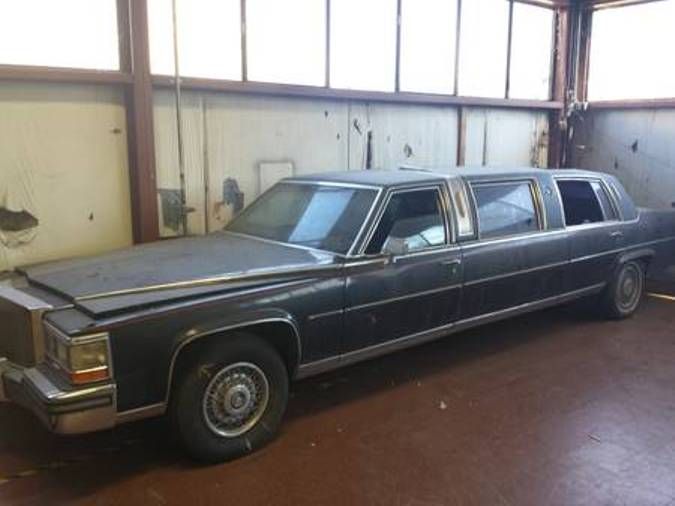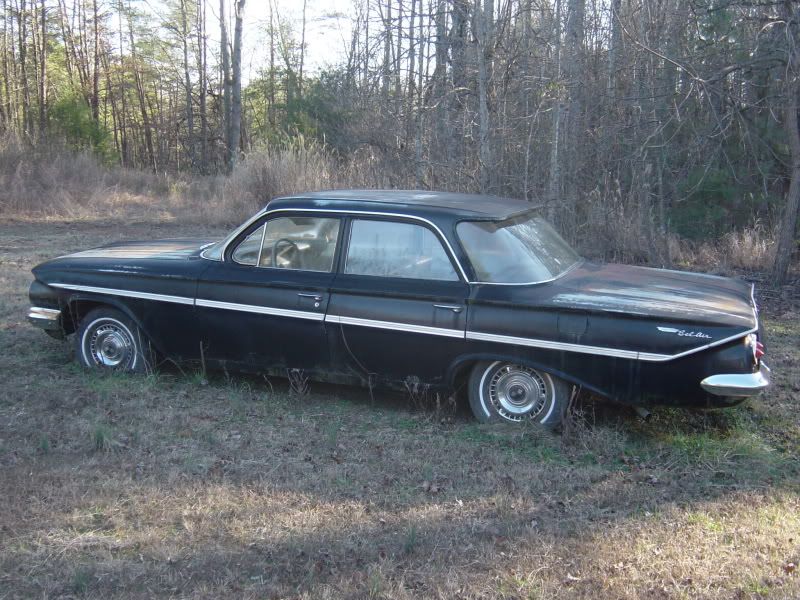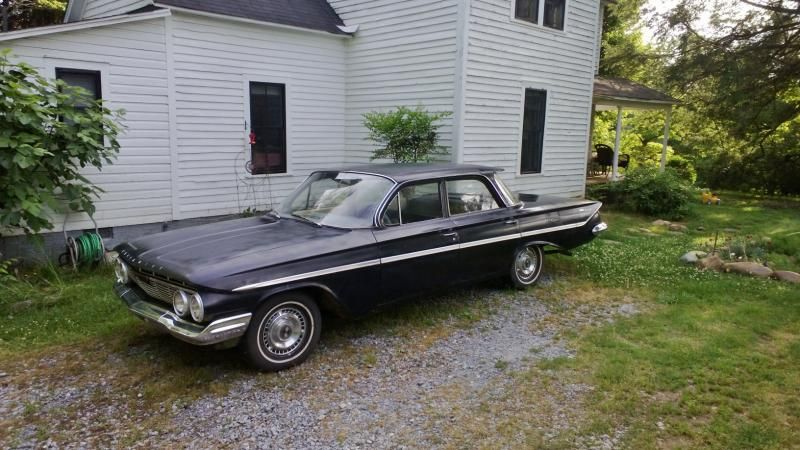Big Man,
I you disengage the clutch and it stops my guess is the clutch. But not hearing the noise it makes it kinda hard. Is there a possibility of something in the bell housing that is getting knocked around?
Mike
I don't think anything in the bell housing is getting knocked around, if so wouldn't the noise be there all the time? It only starts after four or five miles of driving. After limping it home, letting it sit for a day, then taking it back out again the same thing - runs quite then "clanking" after four or five miles.












